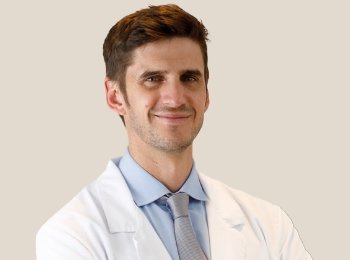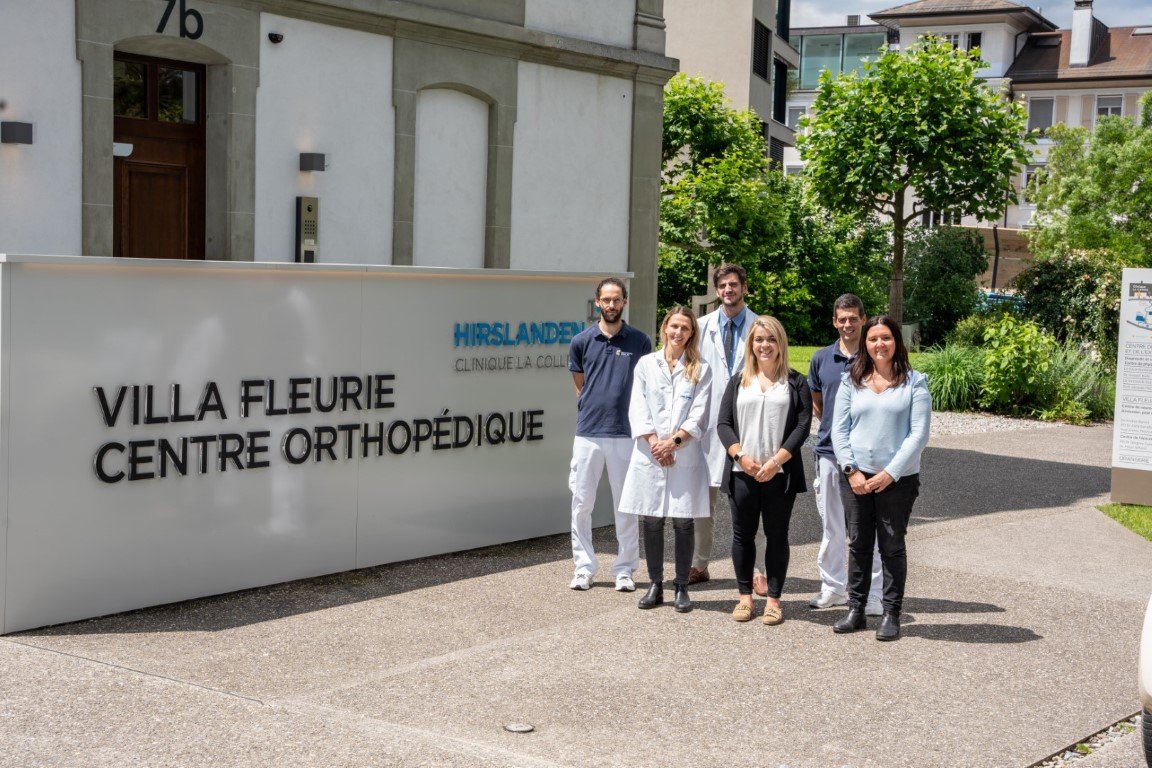Publication: Sex Disabil. 2018;36(4):305-311. doi: 10.1007/s11195-018-9543-y. Epub 2018 Oct 30.
Co-authors: Lädermann A, Cunningham G, Chagué S, Charbonnier C.
Abstract:
The aim of this study was to analyze the occurrence of rotator cuff impingement due to reduction of subacromial space height during complex shoulder motion to determine safety of sexual activities. The hypothesis was that such activities could be deleterious if not performed with precaution. To use a patient-specific 3D measurement technique coupling medical imaging and optical motion capture to evaluate the safety of various sexual positions according to subacromial compression. Descriptive laboratory study. A volunteer couple underwent Magnetic Resonance Imaging (MRI) and motion capture of their shoulders. Five common active and passive sexual positions were evaluated. Significant differences in subacromial space height were observed between the different performed actions. All active sexual positions requiring important pressure on the hands or elbows (e.g., scorpio) or weight lifting (e.g., superman) caused subacromial impingement. No subacromial impingement was however observed during passive sexual activities (e.g., basset hound). This study indicates that some sexual positions could potentially place the rotator cuff at risk. Such high-tech investigation shows promise in the areas of cause, intervention and education. The present findings may assist health professionals in providing them with preventive measures and is highly relevant for decision-making regarding health promoting initiatives.




